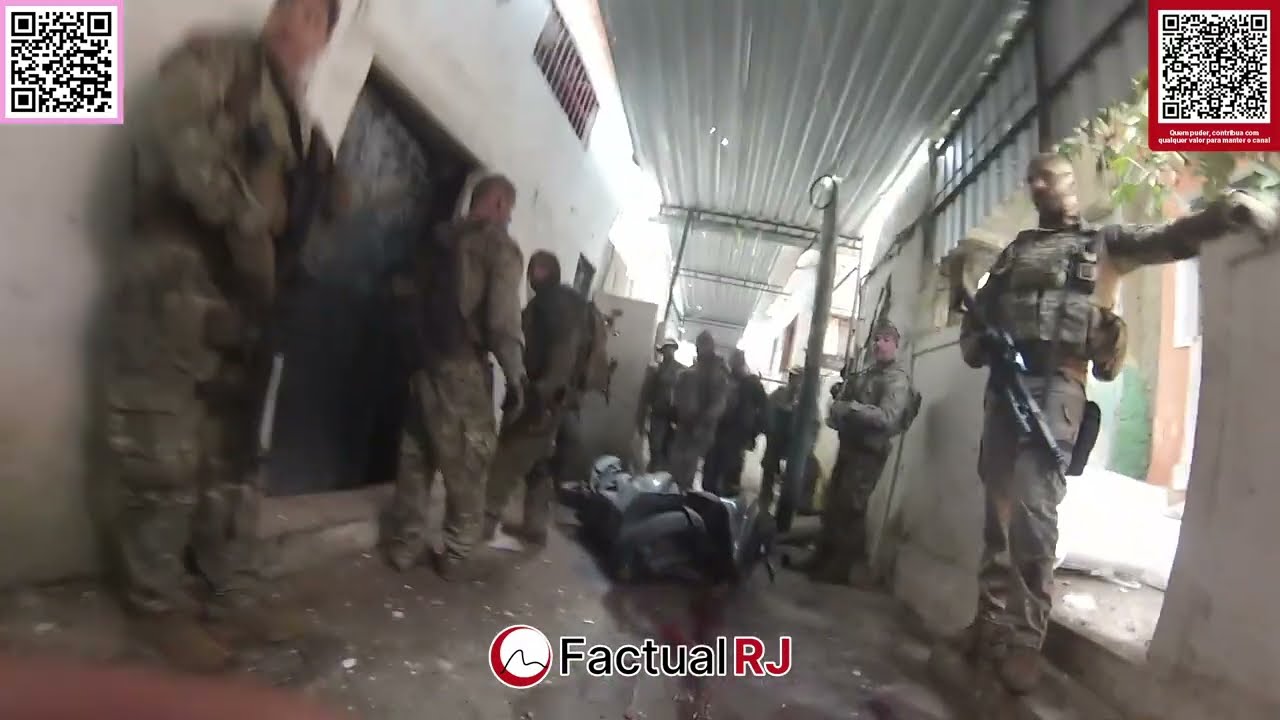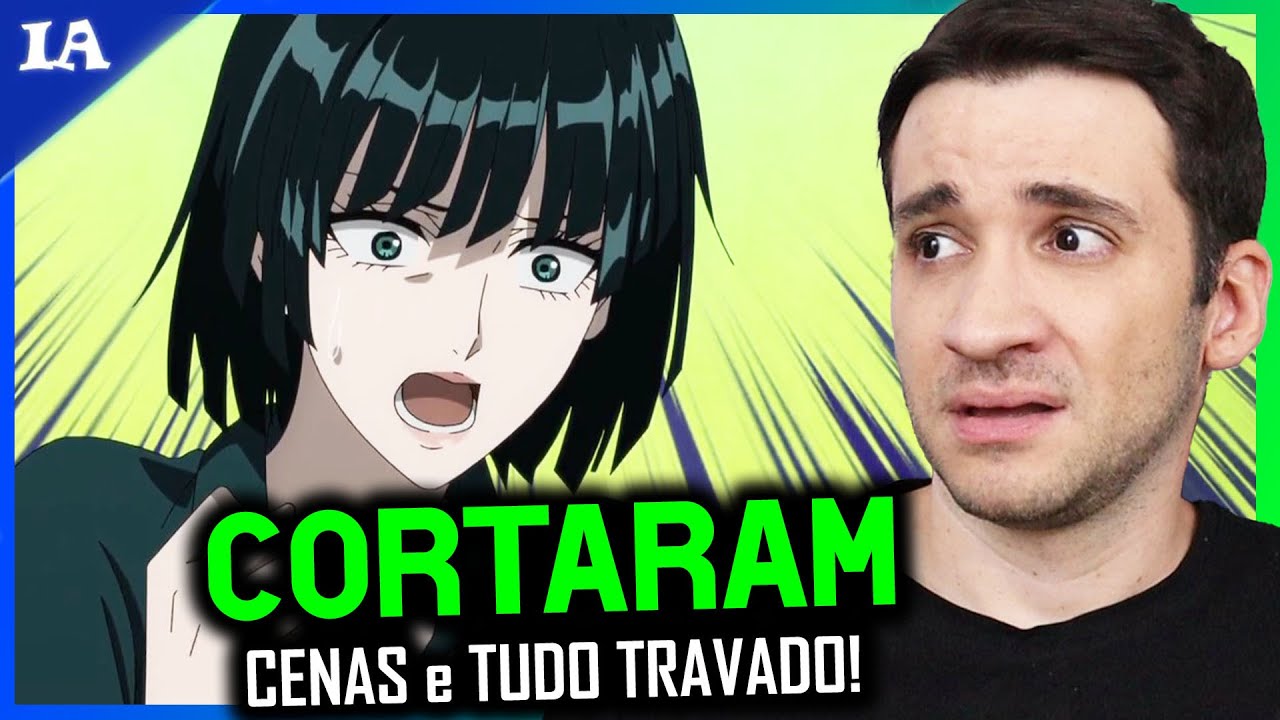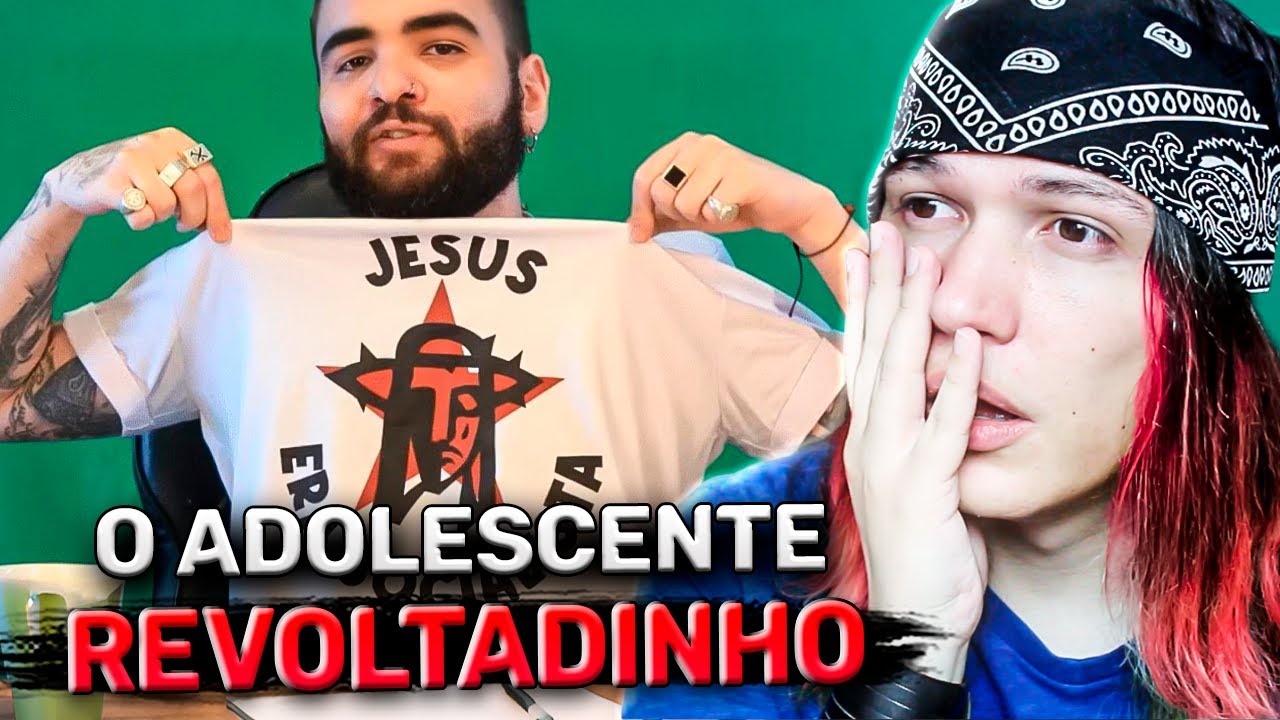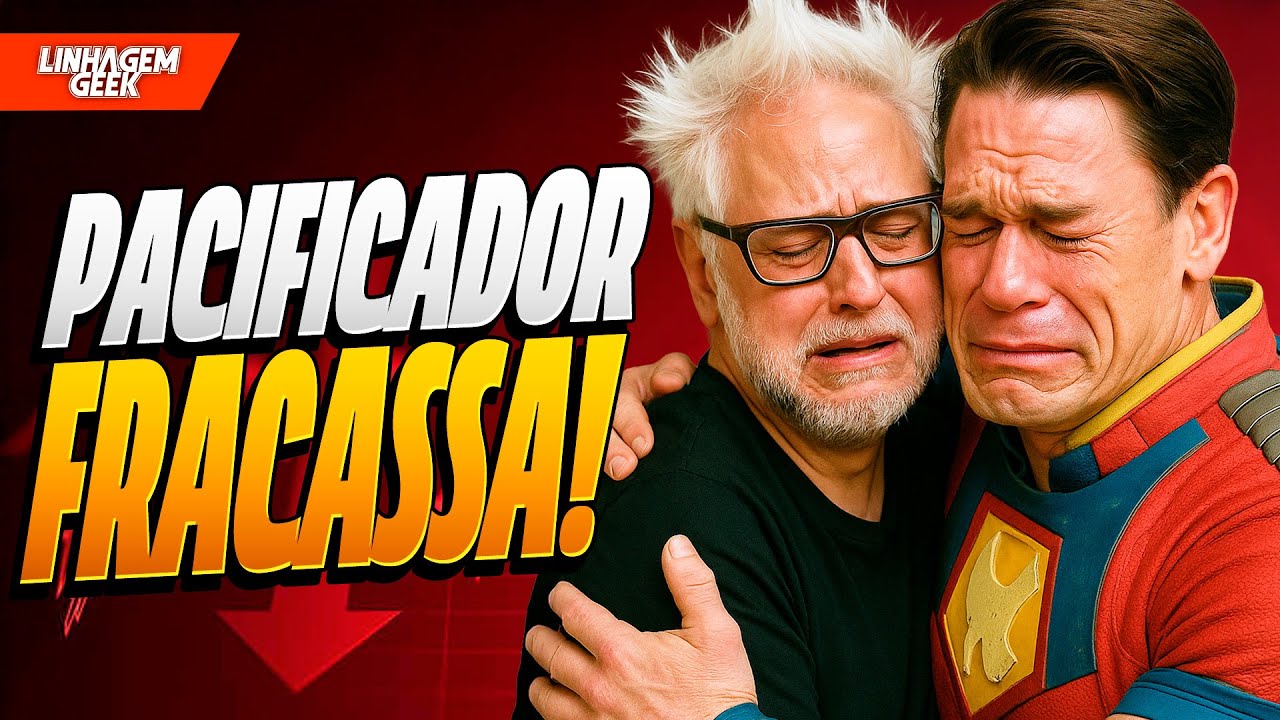OS ULTIMOS PASSOS DE JESUS! Jerusalem como você nunca viu!
0Shalom and welcome back to ‘Israel with Aline!’ I have an invitation for you today: I want to invite you to walk the streets of Jerusalem with me, and today we are going to do a very special walk; we are going to do the Via Dolorosa, which starts here at the judgment place of Jesus and ends at the empty tomb, I want you to have the feeling of walking together with me here through the streets of Jerusalem! So if you are ready, let’s get started! Here, at the entrance on the right, you can see the number 1, which marks the beginning of the Via Dolorosa, which is the path Jesus will take from the moment of his trial to the moment of the sepulcher and resurrection. On a normal day there are thousands of pilgrims walking here, and to see this place so empty is really so different! But we are going to start our visit by this place here in front of us, this is the Church of the Flagellation, the place where right after Jesus is going to be judged, he is going to be flagellated; here he is going to be whipped, receive the crown of thorns, and the purple robe. Because when Pontius Pilate, the Roman Governor condemns him, he wants not only to kill Jesus but to do it in an extremely painful, and humiliating way and so he includes many elements that were not traditional of the other crucifixions that he did. And that includes the garments, the crown of thorns, the flagellation and also the humiliation of having to carry his own cross through the streets of Jerusalem. And this whole area that is the beginning of the Via Dolorosa is where the Antonia Fortress was; a gigantic fortress built by King Herod the Great in honor of Mark Antony of Rome, and inside it was then the place of Jesus’ trial, condemnation, and scourging. And the last thing that happened inside the Fortress, is the place of the receiving of the Cross that we will see in a moment. And there is very little left of the original Fortress; one of the few things that we can still see is this specific part of the floor, which is two thousand years old, and also some parts of archeological excavations that are underneath. There is an area that you can go underground, which is currently closed, but yes, we did find some more parts of the Fortress a few meters down. And now we are going to enter the site where the cross was received, so this church was built above the site, inside the Antonia Fortress which is believed to have been the reception of the cross, and from here he will walk all the way to Calvary with the cross. And that is why this path is called the Via Dolorosa, meaning the path of pain Via Crucis – the way of the cross, or Via Sacra – the holy way. That is, they are different names for the same path and we are going to do it all together now. The path is about 3 feet long, but more than the distance is actually the elevation; most of the path is a big climb between this place and Calvary, so our idea of this walk is also for you to feel like you are walking through the streets of Jerusalem; you can hear some of the noise of the streets, see what the city looks like nowadays, and be able to complete this path which is so meaningful for so many people around the world. So this street that we are already walking on is the Via Dolorosa, but it is important to remember that the city of Jerusalem was destroyed and rebuilt many times. So not everything that we are seeing now, or rather, most of the things that we are seeing now are not original from Jesus’ time but are rebuilt afterward, so what we are doing is the path. Another difference is that today the Old City of Jerusalem is divided into four neighborhoods: Christian, Muslim, Armenian and Jewish. And precisely the Via Dolorosa, which is a Christian path is within the Muslim quarter, why? Well, because at that time there were no such divisions, the whole city was a Jewish city. And also because between the neighborhoods, there are indeed mixtures, we are walking in the Muslim neighborhood, on a Christian path, but if we look here on our right we can see a church. And this shows us the mixture between the neighborhoods; just like there are mosques in the Jewish neighborhood, there are churches and important Christian sites in the Muslim neighborhood and so on, I mean, there is a mixture between the neighborhoods. But one thing that has not changed is the color of the city. Since that time and up to this day, Jerusalem is built in stone, and the local stone has this color, so that sometimes when the sun shines on it, it looks a little bit golden this limestone gives the color of the city to this day. I don’t know if you have noticed, but there are many doors closed on the way, and this is precisely because of the world situation, we are living in. Part of these places are hostels, churches, stores, pilgrim places. And that is why, since the borders of Israel are still closed, some of these places have not reopened yet. But there is much more traffic on the Via Dolorosa on a normal day than you are seeing now. Just so you can also see where we are, look here at the corner, the name of the street, this is the street sign, is written at the top in Hebrew, in the middle in Arabic and at the bottom in English, which in this case is the same as in Portuguese; Via Dolorosa, we are really on the way to Via Dolorosa! And now we come to a very important point of the path, but at the same time, a little controversial; here the Via Dolorosa is divided in two. Most archaeologists, historians, and theologians agree that the trial of Jesus took place in the Fortress of Antonia where we started our walk. But it goes on to Calvary and the empty tomb, but not everyone agrees about it. There are two places in Jerusalem that could be the place where this passage really happened; today we are going to go this way and we are going to walk from here to the place known as the Garden Tomb but if we go this way and then turn right and keep walking we will also arrive at the Holy Sepulcher, which is another tradition here in Jerusalem. We will leave here the two options for you guys, you are invited to walk with us to the Garden of the Tomb, but also those who want to know the other way and the Holy Sepulchre, we will leave up here one link for you, and if you want there is also a video here on the channel, but let’s continue our walk! Often when I do the Via Dolorosa with pilgrims; people are surprised to see so much commerce! This area where we are walking has a lot of commerce, mainly local commerce, the Arab population comes here to buy everything as you can see, but I want to remind you that this is exactly how it was in Jesus’ time; Pontius Pilate, the Roman Governor, does not prepare a special path for Jesus to walk, but he forces Jesus to walk through the streets of Jerusalem, in front of the markets, of schools, of the centers of people so that as many people as possible could see his humiliation. And so coming here and seeing the streets so busy, with so many people passing by is more similar to the reality of two thousand years ago than sometimes when we see it in the movies in American movies that there was a big road, there was no red carpet; and yes the idea was that the people of Jerusalem would see the suffering and humiliation of Jesus. And I don’t know if you can see from the video, but the street is in a constant inclination, we are climbing all the time and I am even breathless during this walk, and that shows us how difficult it really is. but I don’t want to take anything away or add to it or stop it because I want you to really see the path as it is and this difficult walk will be worth it because in the end we will see the Garden of the Tomb, the empty tomb and we will also meet John the Baptist, who is a Brazilian and one of the guardians, one of the people who take care of and who volunteer in the Garden of the Tomb. And already in the background, we can see an arch, that is the city wall and this is the Damascus Gate; one of the eight gates of the Old City of Jerusalem. And the name of the gate is because from here the way to the city of Damascus went out, and so there’s also another gate, for example, which is called the Gate of Joppa, which leads to Joppa. This gate we call the Damascus Gate in English but in Hebrew, the name is “Sha’ar Sh’khem”, the gate of Shechem because from here also is the way that goes to the Biblical city of Shechem; where Joseph of Egypt is buried and where Jesus meets the Samaritan woman. And now we are crossing through the gate, as you can see it looks like a corridor, it is so big but we have to go outside the walls because we remember that the crucifixion of Jesus and also the other crucifixions of that time were done outside the walls. And now outside the walls, we are in what is called the New City of Jerusalem where most of the buildings are from 1860 on, that’s why it’s called the New City because 1860 for Jerusalem is super new! But as you can see, even what is called the New City or the Modern City of Jerusalem is still all built of stone like the buildings that we can already see here in the background. And now, with this staircase we just passed, we have finished our climbing and we are going to walk only on the flat path and we are already on the final stretch of the Via Dolorosa, in a little while you will see us arriving at the Garden of the Tomb. And let us take advantage of this final stretch, so I can ask you, what is surprising you about this path? Did you think that the Via Dolorosa was bigger, smaller, what do you think about this movement of people, of commerce? Comment here below what you think about the Via Dolorosa, what surprises you the most?! [Sounds of the city] Now we can see a sign in front of us that says “The Garden Tomb”, the Garden of the Tomb and here we have to really take the Biblical narrative; Jesus is going to be crucified next to a garden, an orchard that belonged to a man named Joseph of Arimathea. And inside this garden, he had a new tomb dug in the rock and he will give this tomb for Jesus to be buried in it. So now we’re going to see in a minute this complex where on one side is Calvary, on the other side we have a beautiful and wonderful garden and inside this garden, the empty tomb dug in the rock. [Instrumental music] And here you can see how the landscape has already changed, suddenly we come to such a green and beautiful place this is the garden of Joseph of Arimathea! When the Bible refers to a garden, it’s usually not a garden as we imagine it to be, of flowers and decorative and yes it was an orchard, it was an agricultural area. And to this day, the people who maintain the garden, maintain this place with most of the fruit trees, so most of the plants that you see here, are fruit trees. As you can see, the passage in front of us is closed, why? Because they are doing construction to improve access for the pilgrims who come here. And right behind this construction, that rock that you see in the background, that is Calvary, we have no way to get to it right now but I will leave here a picture for you to see how it looks like and also above a link to a video we made here in the garden before this construction started, where you will be able to see Calvary up close as it really looks like but right now we are going to keep walking through the garden, or rather, Joseph of Arimathea’s orchard towards the empty tomb. [Instrumental music] And among the archaeological finds that were found at this site is a cistern, a water reservoir that shows that this was an agricultural area, they used the water from this reservoir for irrigation and also a wine press was found; a place where grapes were trodden to make grape juice or wine, and this wine press shows us again that this was an agricultural production area. [Instrumental music] And here we can already see the entrance to the sepulcher dug into the rock, and who is going to meet us now is John the Baptist, he is a Brazilian who volunteers here in the garden and is going to tell us a little bit more about this place. [João Batista] Shalom from the Garden of the Tomb! Well folks, many of you already know me here from the Garden of the Tomb and others have never had the opportunity yet to come here to the Garden of the Tomb, and this place here is a very special place! For us Christians, we talk about crucifixion and resurrection in this place here that is the foundation of our faith. And we present the crucifixion area, the Golgotha – the place of the skull, the Garden – the place of the orchard, the agricultural place, and this tomb here that you can see very well what the Bible says about the tomb of Joseph of Arimathea. As you can see, it is a large tomb made out of rock with a stone that closed the door of the tomb, we have this channel in the front that serves to rotate the stone here and people go inside and look to the right and see the place where they put the bodies of the people. As the Bible clearly says that on that morning the women come to prepare Jesus’ body, and as they go inside the tomb and look to the right side, they only see the cloths and the sheets that Jesus’ body was wrapped in. So I want to invite you to come to the Holy Land and visit this place here. For us here it is very sad to see it stopped, not having any tourists now in this year and a half that is going on here, so I invite you: come to know the Holy Land, to know more about the Bible, to walk where Jesus walked and have a supper, a meeting here in the Garden of the Tomb. So Shalom from Jerusalem, Welcome to the Garden of the Tomb and come and visit the Tomb that we have here in the Garden. And together we are going to enter the tomb, but inside the tomb I won’t say anything and then you can appreciate the place. I hope you have enjoyed the feeling of walking here in the streets of Jerusalem and meeting places that literally changed the history of humanity. Don’t forget to subscribe to our channel and also subscribe to our second channel, ‘Mini Israel with Aline’, a kiss to everyone, and see you next time!







